
Derek Nighbor
Canada lost over one percent of its forested land to wildfires over the past few weeks. That’s from the Forest Products Association of Canada (FPAC). …Nighbor says FPAC has thousands of workers, families and people in forestry communities who have been evacuated and a lot of them are still not in their homes today as the country still deals with fires. …Nighbor says the industry’s supply chain is also feeling the hit with a lot of their harvesting operations across the country stopped. He says it’s just not safe in some places to be operating. Nigbor says one of the things FPAC is concerned about is as our forests get older, they become more susceptible to fire. He says actively managing forests is critical in a changing climate. He says FPAC is trying to raise awareness for how the trend in the country is to manage less, not more.

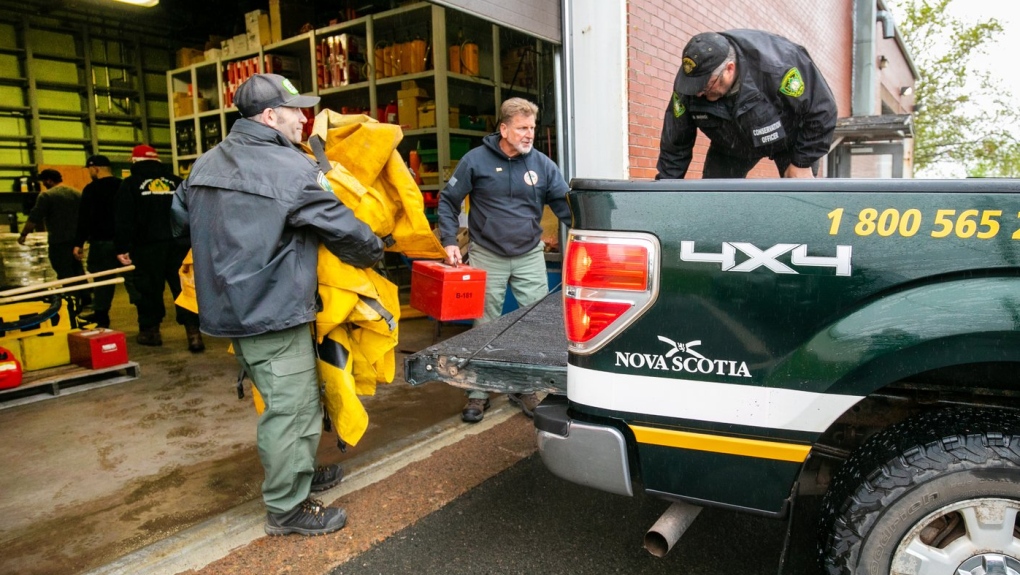


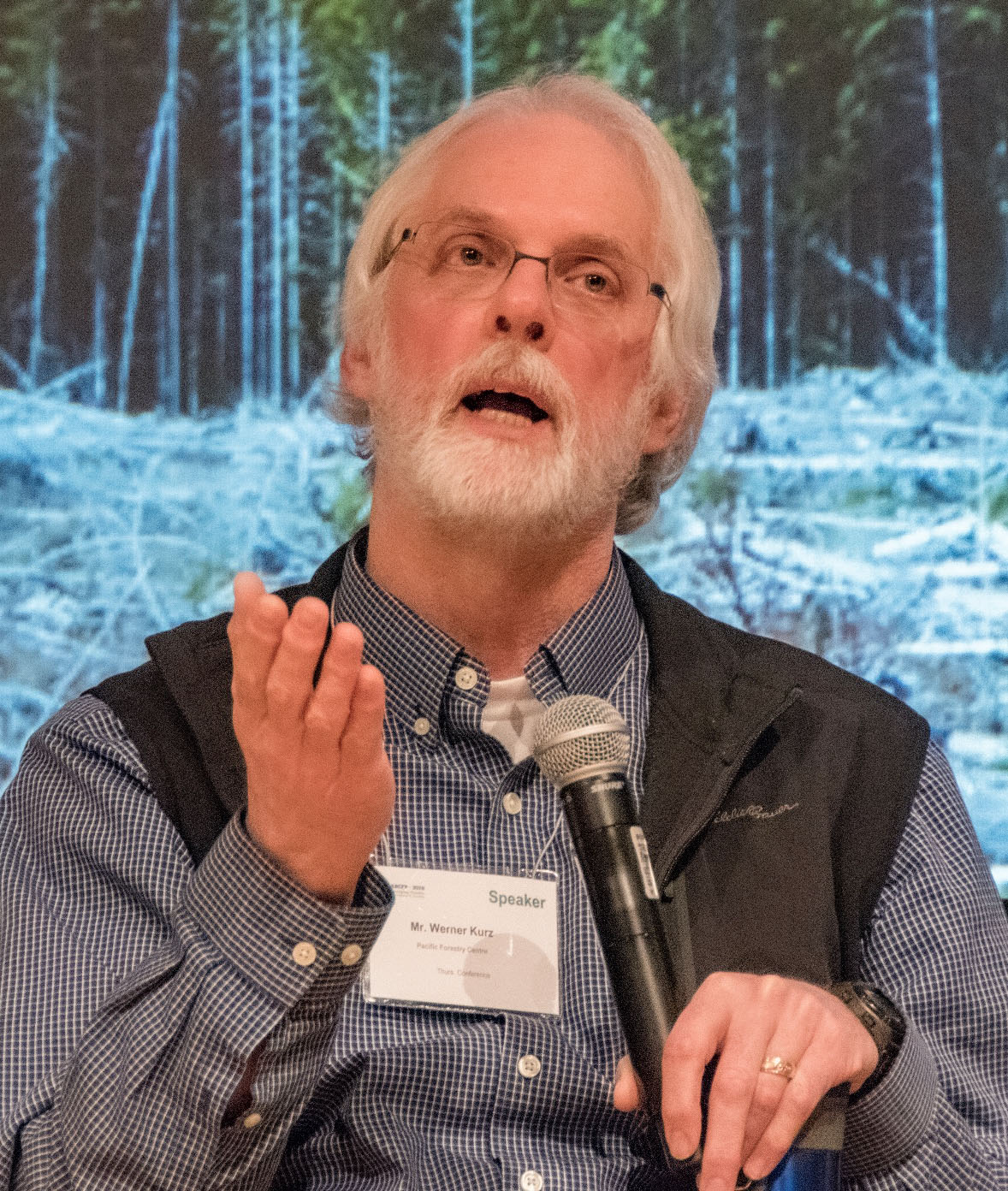
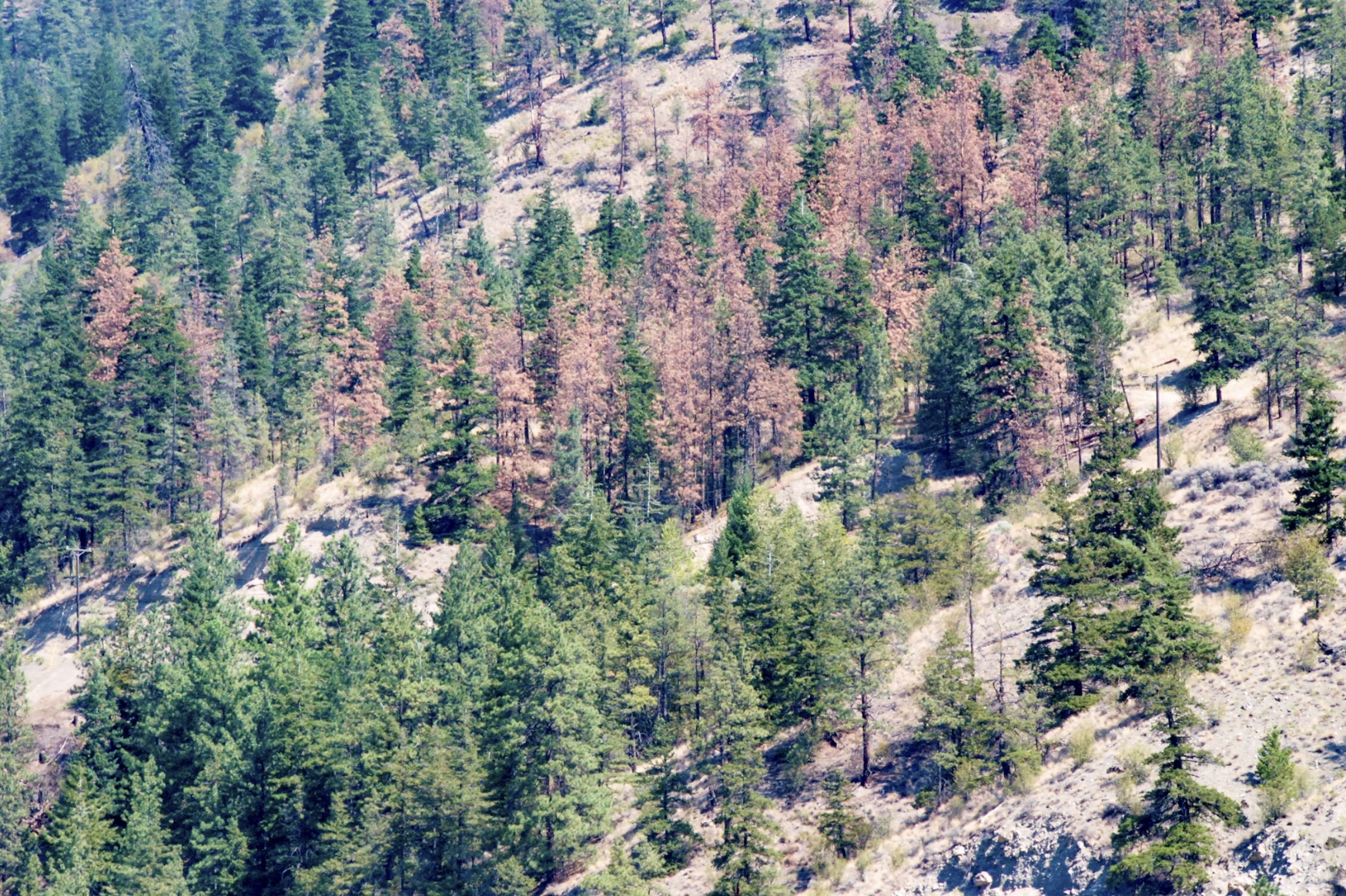 Heavy smoke conditions choking major US cities have thrust Canada’s wildfire response efforts into the spotlight, prompting fresh allegations that it is ill-prepared and underfunded to manage what is on track to be its worst-ever fire season. Critics have also blamed Canadian Prime Minister Justin Trudeau for repeatedly invoking climate change, saying that the warming conditions do not relieve the country of its duty to conduct certain preventative measures to manage its dense forests, such as forest thinning, brush removal, and small, controlled burns. …Canada’s government has also faced years of sharp criticism for failing to invest more in forest management strategies, such as thinning its forests, removing dead wood and underbrush, or ordering small, prescribed burns when appropriate. Such efforts have been adopted in other countries with dense forest areas.
Heavy smoke conditions choking major US cities have thrust Canada’s wildfire response efforts into the spotlight, prompting fresh allegations that it is ill-prepared and underfunded to manage what is on track to be its worst-ever fire season. Critics have also blamed Canadian Prime Minister Justin Trudeau for repeatedly invoking climate change, saying that the warming conditions do not relieve the country of its duty to conduct certain preventative measures to manage its dense forests, such as forest thinning, brush removal, and small, controlled burns. …Canada’s government has also faced years of sharp criticism for failing to invest more in forest management strategies, such as thinning its forests, removing dead wood and underbrush, or ordering small, prescribed burns when appropriate. Such efforts have been adopted in other countries with dense forest areas. 




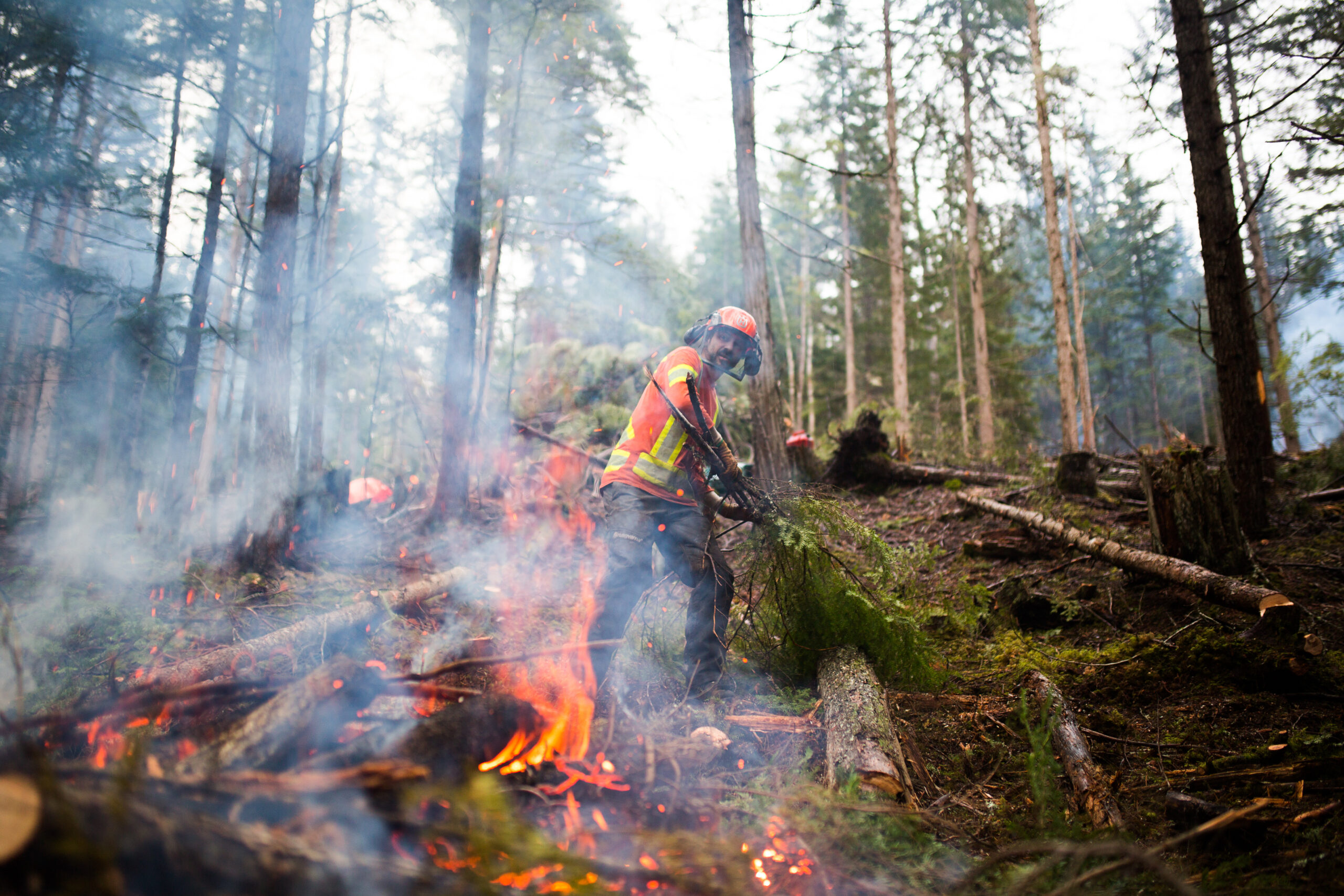




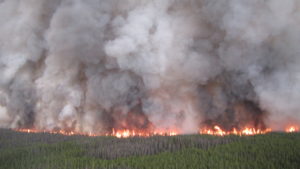 If it seems like Western Canada has been ablaze for much of the past several years, it’s because it actually has. …At the opposite end of the country… SOPFEU, Quebec’s fire protection agency, has burned more than 300 times the province’s 10-year average. But is this apparent surge in fire activity Mother Nature’s way of putting Eastern Canada’s residents on notice that they’re condemned to follow their western countrymen into a harsher fire regime? …When putting Quebec’s active fire season into context, Sylvie Gauthier, a research scientist with the Canadian Forest Service, warned against relying too heavily on comparisons with annual averages. …“What really drives the fire regimes are the dry periods,” Ms. Gauthier said. “We had at the beginning of the 20th century, so from 1916 to 1923, huge seasons and consecutive seasons that were really dry where the real burn was really high in Quebec.”
If it seems like Western Canada has been ablaze for much of the past several years, it’s because it actually has. …At the opposite end of the country… SOPFEU, Quebec’s fire protection agency, has burned more than 300 times the province’s 10-year average. But is this apparent surge in fire activity Mother Nature’s way of putting Eastern Canada’s residents on notice that they’re condemned to follow their western countrymen into a harsher fire regime? …When putting Quebec’s active fire season into context, Sylvie Gauthier, a research scientist with the Canadian Forest Service, warned against relying too heavily on comparisons with annual averages. …“What really drives the fire regimes are the dry periods,” Ms. Gauthier said. “We had at the beginning of the 20th century, so from 1916 to 1923, huge seasons and consecutive seasons that were really dry where the real burn was really high in Quebec.”


 If the rash of wildfires in Quebec has ignited a spark of interest in becoming a forest firefighter, officials welcome your interest but also have a few words of warning. “You have to be used to working in the forest — in places where comfort is secondary,” said Karine Pelletier, a communications agent with SOPFEU, Quebec’s forest fire prevention agency. “There’s often no toilet, there’s lots of bugs, it’s hot and you have to wear protective gear that gets very hot when you’re near a fire. The days are long, often 12 hours a day for 14 days in a row. …What are the prerequisites? You need a high school diploma and a professional or vocational school diploma, or a college or university degree in forestry, fauna or fire safety. Or you can be a college or university undergraduate in those studies, or have had three years of forest-related work experience.
If the rash of wildfires in Quebec has ignited a spark of interest in becoming a forest firefighter, officials welcome your interest but also have a few words of warning. “You have to be used to working in the forest — in places where comfort is secondary,” said Karine Pelletier, a communications agent with SOPFEU, Quebec’s forest fire prevention agency. “There’s often no toilet, there’s lots of bugs, it’s hot and you have to wear protective gear that gets very hot when you’re near a fire. The days are long, often 12 hours a day for 14 days in a row. …What are the prerequisites? You need a high school diploma and a professional or vocational school diploma, or a college or university degree in forestry, fauna or fire safety. Or you can be a college or university undergraduate in those studies, or have had three years of forest-related work experience. 
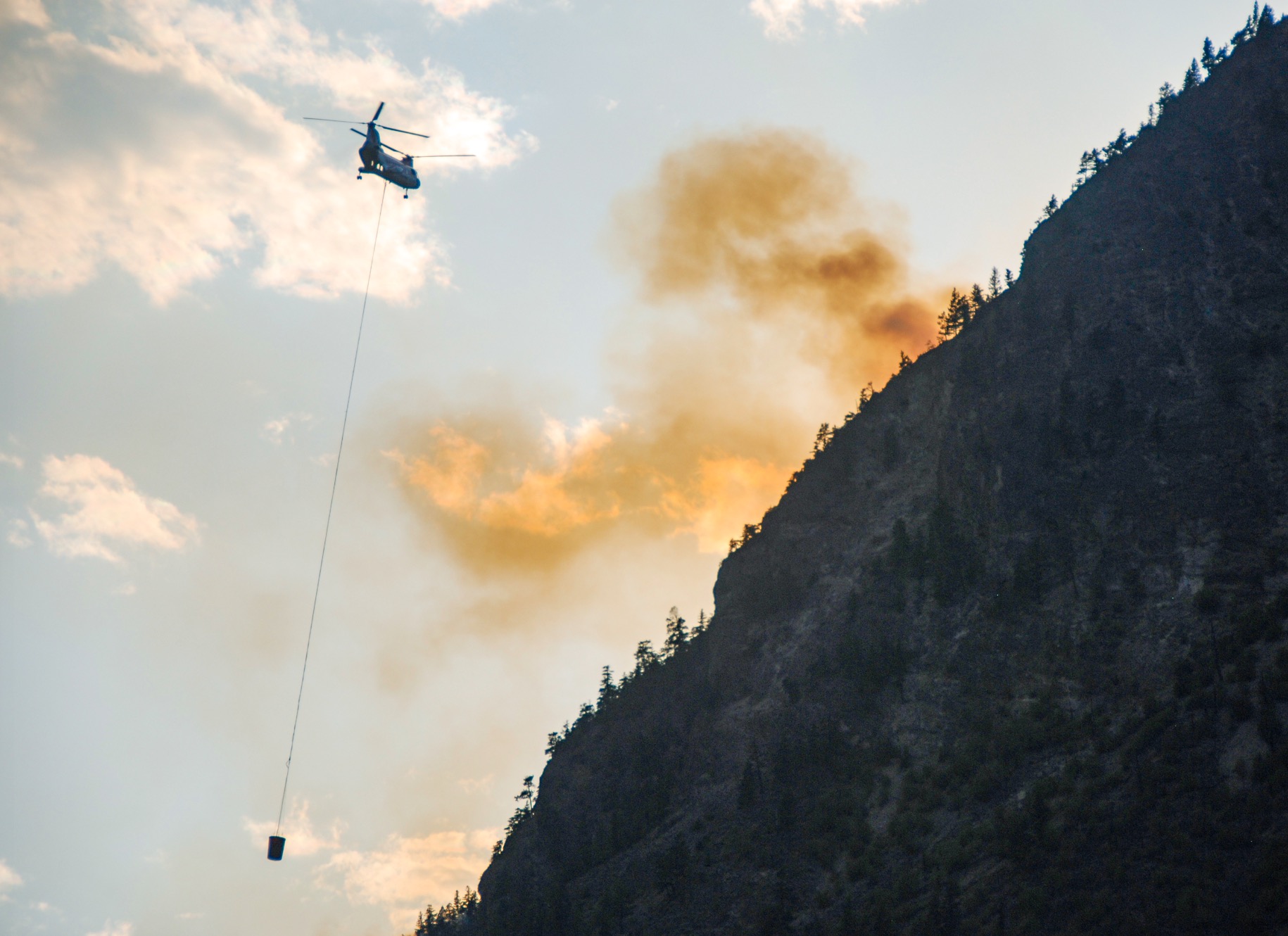 As smoke from Canadian wildfires caused the most hazardous air conditions on record in the Washington, D.C., area on Thursday, members of the U.S. Senate Energy and Natural Resources Committee said that Congress should lift federal firefighter pay and encourage logging to reduce the risk of future blazes. …Administration officials at the hearing, which was scheduled before smoke from massive fires in southeastern Canada drifted to major East Coast cities this week, appealed for more funding for federal wildland firefighters. Members of both parties on the committee also pushed for allowing more logging to reduce fire risk in overgrown forests. Several members of the panel commented on the timing of the hearing as a haze descended on the nation’s capital. …In a written statement, President Joe Biden called the smoke “another stark reminder of the impacts of climate change.” …Biden has also pushed for a permanent pay raise for federal wildland firefighters.
As smoke from Canadian wildfires caused the most hazardous air conditions on record in the Washington, D.C., area on Thursday, members of the U.S. Senate Energy and Natural Resources Committee said that Congress should lift federal firefighter pay and encourage logging to reduce the risk of future blazes. …Administration officials at the hearing, which was scheduled before smoke from massive fires in southeastern Canada drifted to major East Coast cities this week, appealed for more funding for federal wildland firefighters. Members of both parties on the committee also pushed for allowing more logging to reduce fire risk in overgrown forests. Several members of the panel commented on the timing of the hearing as a haze descended on the nation’s capital. …In a written statement, President Joe Biden called the smoke “another stark reminder of the impacts of climate change.” …Biden has also pushed for a permanent pay raise for federal wildland firefighters. An appeals court has decided that the Flathead National Forest management plan adequately addresses endangered species, now that the U.S. Fish and Wildlife Service updated its assessment of the plan. On Friday, the Ninth Circuit Court of Appeals filed a five-page memorandum in favor of the U.S. Forest Service and U.S. Fish and Wildlife Service, agreeing with federal district court Judge Donald Molloy that the Flathead National Forest properly considered public challenges to its 2018 Management Plan so the plan can stand. “Therefore, the Forest Service did not ignore any adverse impact of the (final environmental impact statement on grizzly bears and bull trout) and took ‘the requisite hard look’ at the environmental consequences of its actions, regardless whether Swan View agrees with its scientific conclusion,” the three-judge panel wrote.
An appeals court has decided that the Flathead National Forest management plan adequately addresses endangered species, now that the U.S. Fish and Wildlife Service updated its assessment of the plan. On Friday, the Ninth Circuit Court of Appeals filed a five-page memorandum in favor of the U.S. Forest Service and U.S. Fish and Wildlife Service, agreeing with federal district court Judge Donald Molloy that the Flathead National Forest properly considered public challenges to its 2018 Management Plan so the plan can stand. “Therefore, the Forest Service did not ignore any adverse impact of the (final environmental impact statement on grizzly bears and bull trout) and took ‘the requisite hard look’ at the environmental consequences of its actions, regardless whether Swan View agrees with its scientific conclusion,” the three-judge panel wrote.

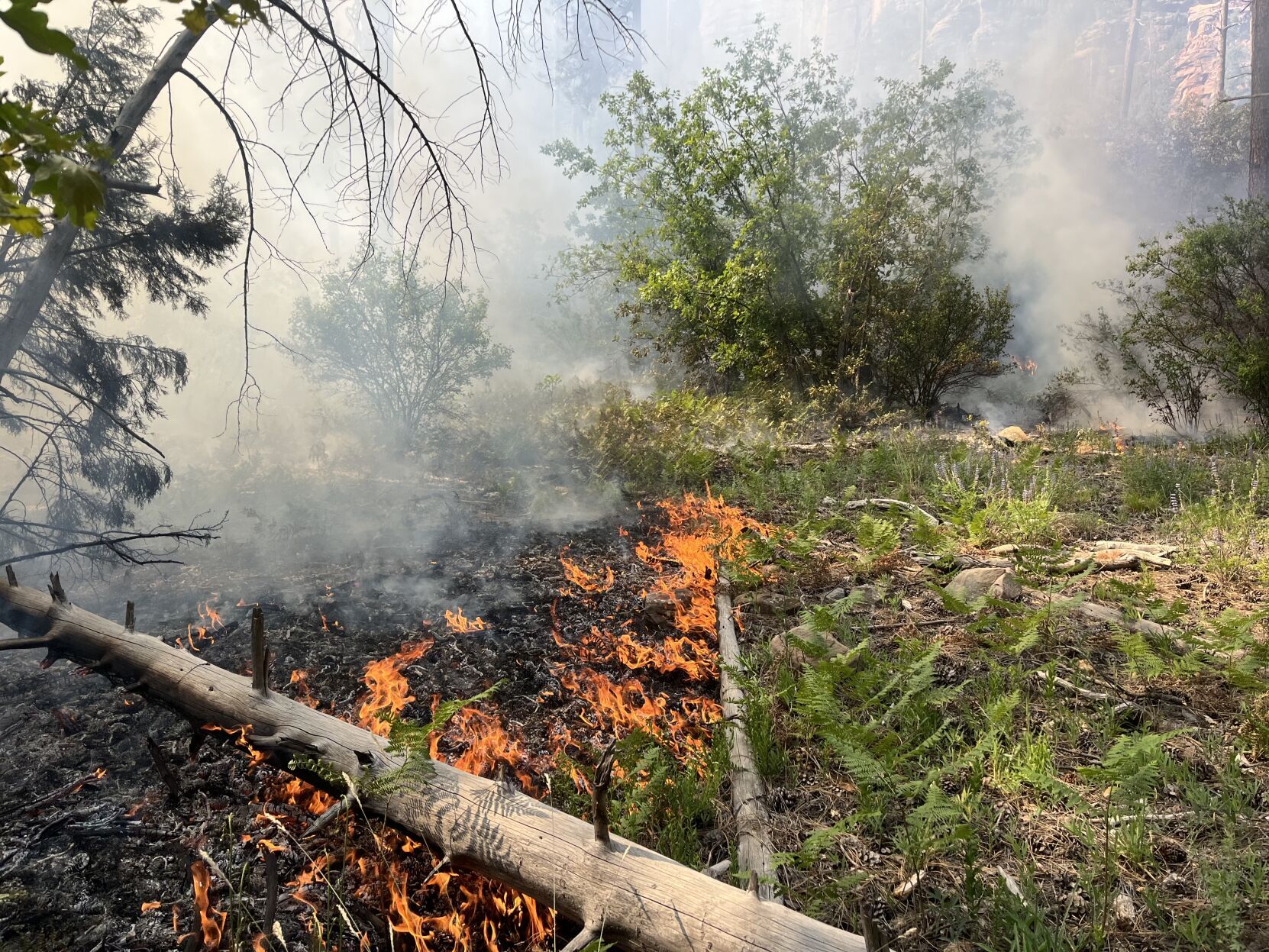

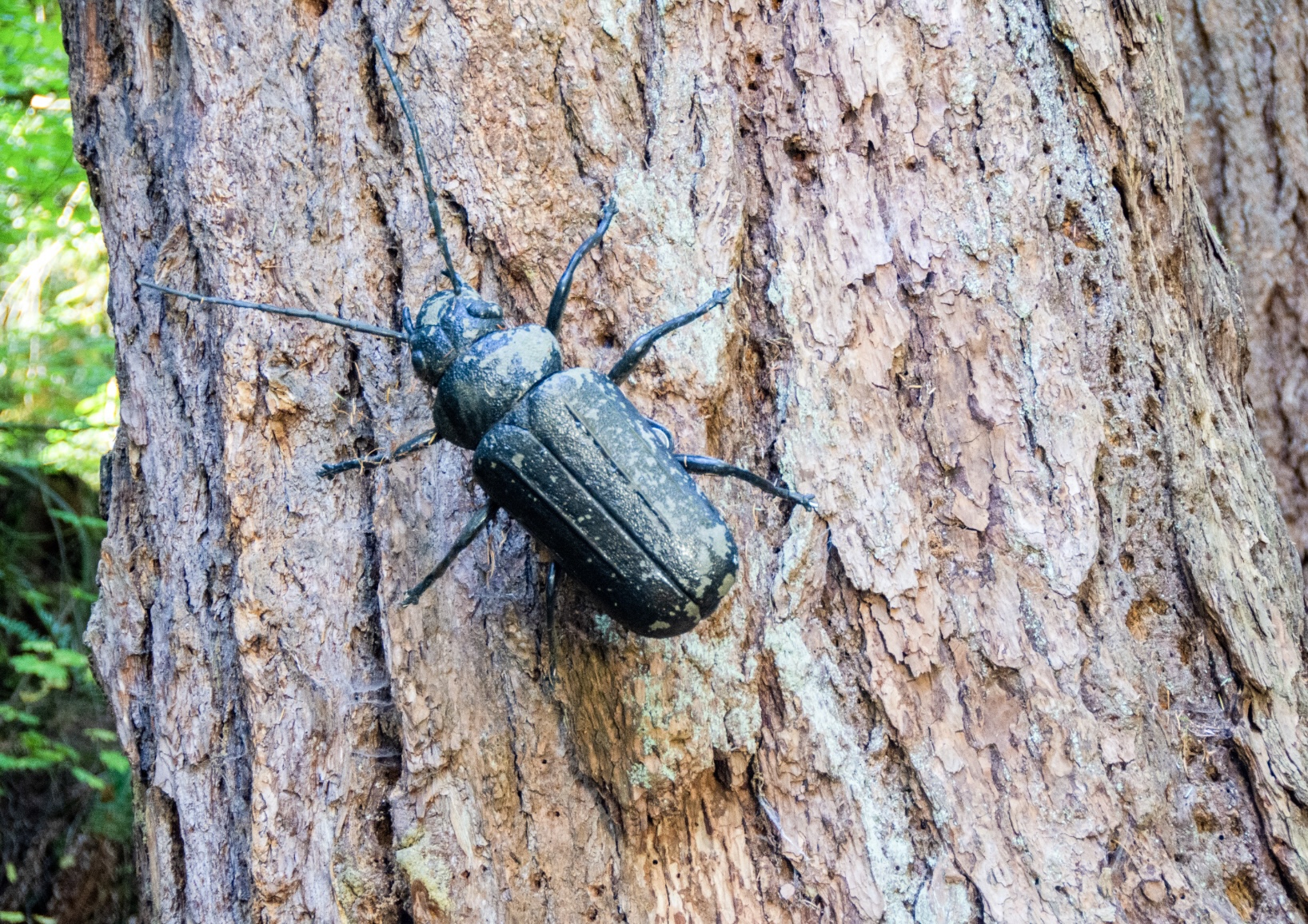 The smokey haze from wildfires that has been lingering over Western Slope skies for the past two weeks, is a reminder that our own beetle-kill fueled fire season is upon us. More than 834 million trees destroyed by beetle kill are rotting in Colorado forests. Over 22% of standing trees in Colorado forests are dead. The Mountain Pine Beetle has affected 3.4 million acres of Ponderosa and Lodgepole Pine in Colorado. The Spruce Beetle has killed 40% of Colorado’s Engelmann Spruce forests. Beetle kill has ravaged some 5.1 million acres of forest in Colorado. Wood products created by logging store carbon. Beetle-kill harvesters and woodworkers are using beetle-kill lumber for siding, furniture, framing lumber, cabinetry and finish molding. In Colorado, the U.S. Forest Service charges beetle-kill harvesters $20 to remove two cords of wood. Rotting trees increase greenhouse gasses in forest ecosystems by 25%.
The smokey haze from wildfires that has been lingering over Western Slope skies for the past two weeks, is a reminder that our own beetle-kill fueled fire season is upon us. More than 834 million trees destroyed by beetle kill are rotting in Colorado forests. Over 22% of standing trees in Colorado forests are dead. The Mountain Pine Beetle has affected 3.4 million acres of Ponderosa and Lodgepole Pine in Colorado. The Spruce Beetle has killed 40% of Colorado’s Engelmann Spruce forests. Beetle kill has ravaged some 5.1 million acres of forest in Colorado. Wood products created by logging store carbon. Beetle-kill harvesters and woodworkers are using beetle-kill lumber for siding, furniture, framing lumber, cabinetry and finish molding. In Colorado, the U.S. Forest Service charges beetle-kill harvesters $20 to remove two cords of wood. Rotting trees increase greenhouse gasses in forest ecosystems by 25%.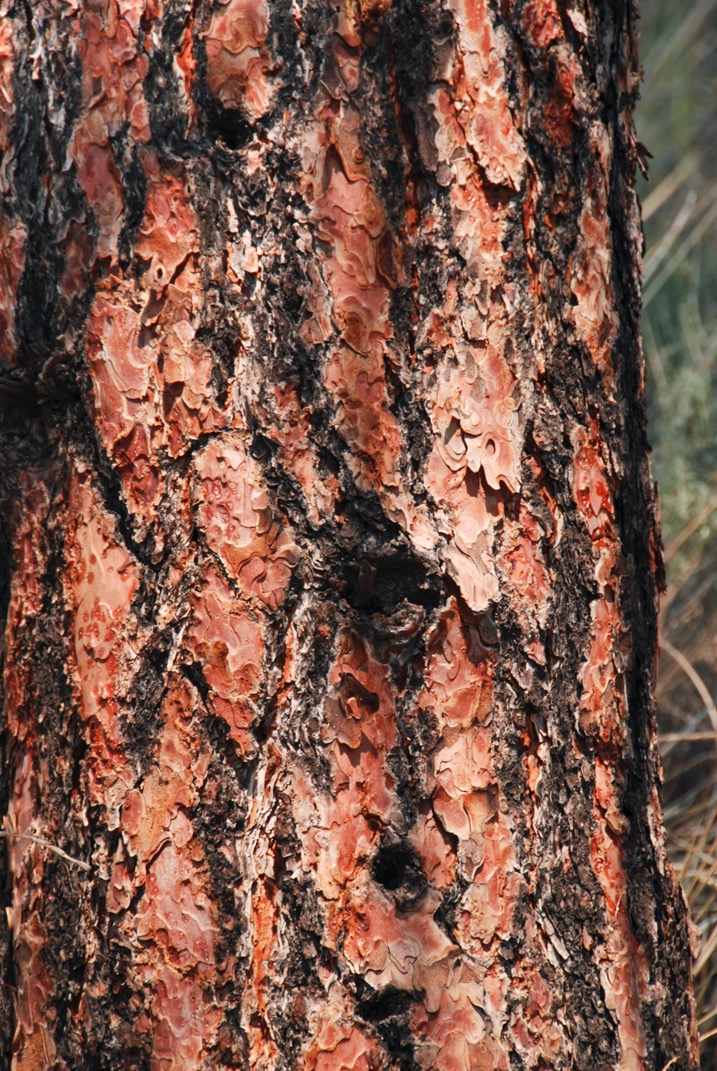 Ponderosa pine trees are one of the most ubiquitous conifer species in western North America, extending from southern British Columbia all the way down to northern Mexico. In the American Southwest…the 23-year megadrought may have these semi-arid trees at the end of their rope, according to new research by University of Arizona scientists. “Forests in the Southwest are no strangers to droughts but have largely been able to cope with periods of drought throughout history,” said Brandon Strange, lead author of a new study examining the role of monsoon precipitation in ponderosa pine forests across the Four Corners region. “However, the current megadrought is the most severe since the year 800 CE.” With declining winter snowpack and increasing temperatures, “we are starting to approach a level of drought where Southwestern forests, particularly those lacking regular summer rains, are really unable to cope with the stress,” said Strange.
Ponderosa pine trees are one of the most ubiquitous conifer species in western North America, extending from southern British Columbia all the way down to northern Mexico. In the American Southwest…the 23-year megadrought may have these semi-arid trees at the end of their rope, according to new research by University of Arizona scientists. “Forests in the Southwest are no strangers to droughts but have largely been able to cope with periods of drought throughout history,” said Brandon Strange, lead author of a new study examining the role of monsoon precipitation in ponderosa pine forests across the Four Corners region. “However, the current megadrought is the most severe since the year 800 CE.” With declining winter snowpack and increasing temperatures, “we are starting to approach a level of drought where Southwestern forests, particularly those lacking regular summer rains, are really unable to cope with the stress,” said Strange.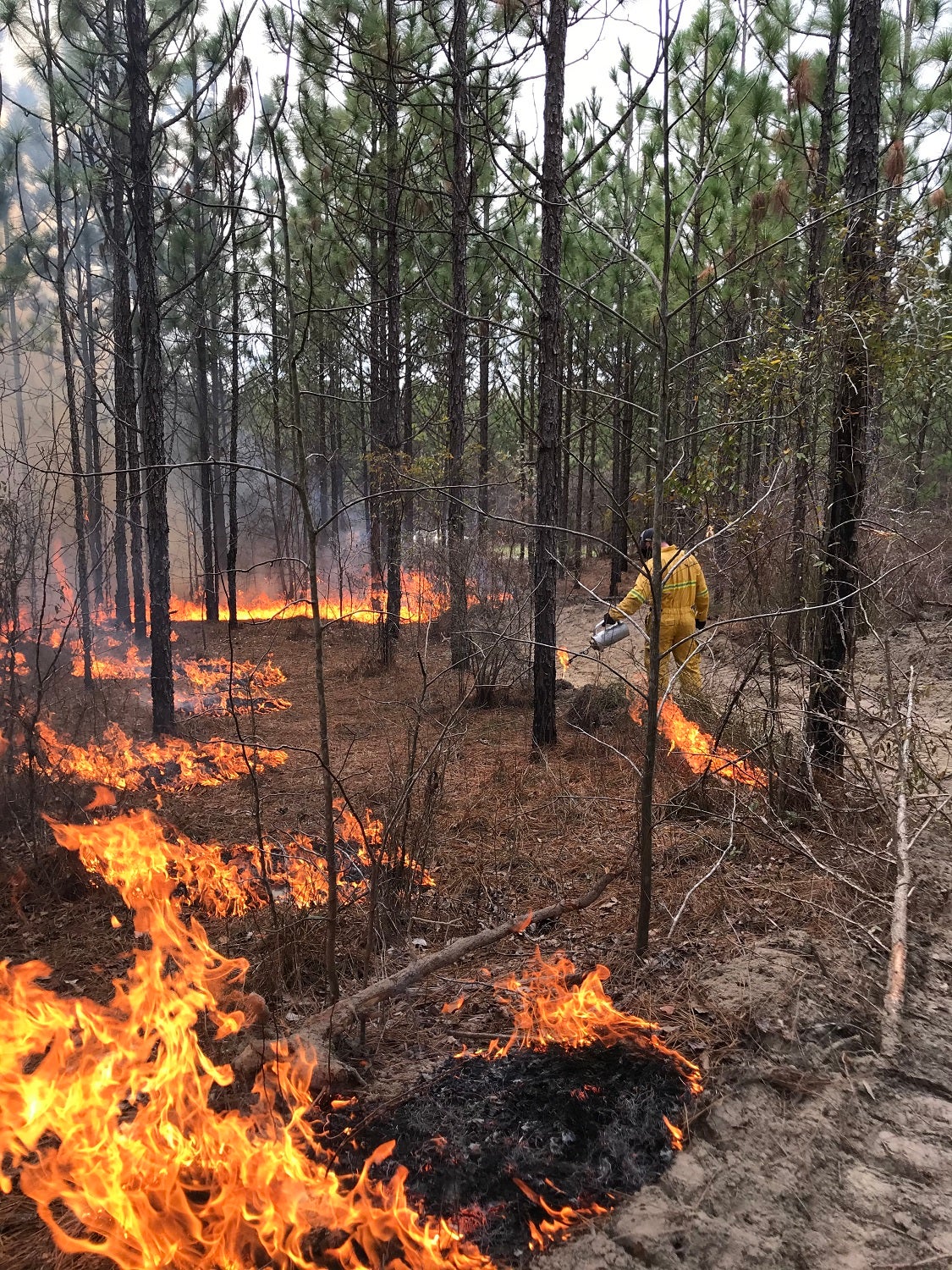

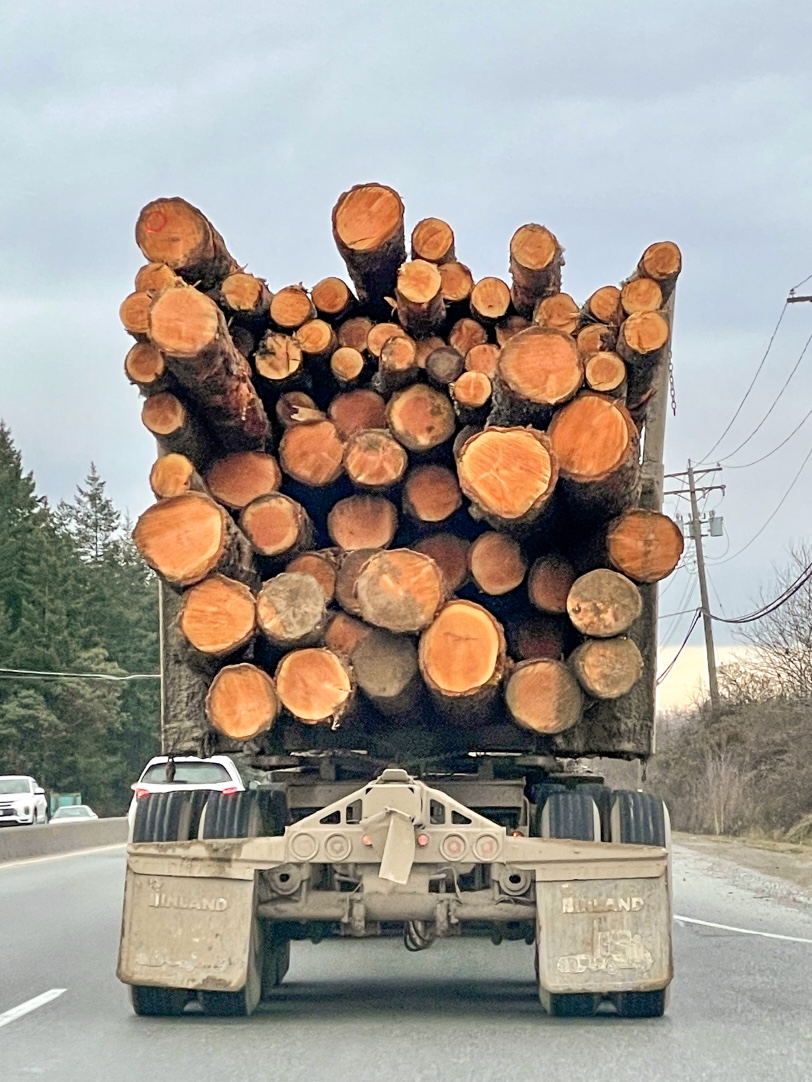 WASHINGTON – On Tuesday, U.S. Sen. Ron Johnson (R-Wis.) introduced the Safe Routes Act of 2023. This commonsense legislation allows logging trucks that meet state requirements to drive up to 150 miles on federal highways. Current laws limit logging trucks from using interstate highways when traveling from harvest sites to storage or processing facilities. “The forestry and timber industry is important for many Wisconsin counties. Yet logging trucks are forced to take longer and more dangerous routes through towns and local two lane roads,” Sen. Johnson said. “My bill fixes this problem by opening federal highways to logging trucks, allowing them to take safer routes to the mills and more efficiently deliver for the people of Wisconsin.”
WASHINGTON – On Tuesday, U.S. Sen. Ron Johnson (R-Wis.) introduced the Safe Routes Act of 2023. This commonsense legislation allows logging trucks that meet state requirements to drive up to 150 miles on federal highways. Current laws limit logging trucks from using interstate highways when traveling from harvest sites to storage or processing facilities. “The forestry and timber industry is important for many Wisconsin counties. Yet logging trucks are forced to take longer and more dangerous routes through towns and local two lane roads,” Sen. Johnson said. “My bill fixes this problem by opening federal highways to logging trucks, allowing them to take safer routes to the mills and more efficiently deliver for the people of Wisconsin.”/cloudfront-us-east-2.images.arcpublishing.com/reuters/3FC45RDBIJJ4NKD6IIGQZL6XDY.jpg)


 New Zealand’s government is starting to cultivate a more sustainable forestry industry with investments into a bioenergy plant, research into biomass and better forestry practices, announced forestry minister Peeni Henare. “The Ministerial Inquiry into Land Use recognised current forest harvest practices are not sustainable. New Zealand’s government is investing a further $10.4m (€5.8m) into woody biomass research. “We want to look at how we can better manage slash through the forestry process and whether it can be used in bioenergy generation locally in Tairāwhiti,” Henare added. …“The research will build an evidence base for investing in woody biomass supply, and help government and the sector chart a sustainable way forward.”
New Zealand’s government is starting to cultivate a more sustainable forestry industry with investments into a bioenergy plant, research into biomass and better forestry practices, announced forestry minister Peeni Henare. “The Ministerial Inquiry into Land Use recognised current forest harvest practices are not sustainable. New Zealand’s government is investing a further $10.4m (€5.8m) into woody biomass research. “We want to look at how we can better manage slash through the forestry process and whether it can be used in bioenergy generation locally in Tairāwhiti,” Henare added. …“The research will build an evidence base for investing in woody biomass supply, and help government and the sector chart a sustainable way forward.”